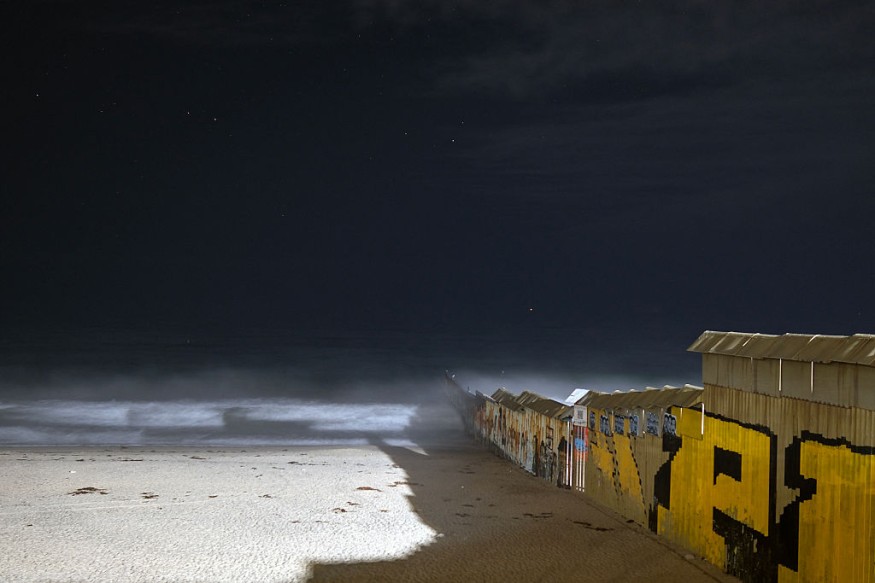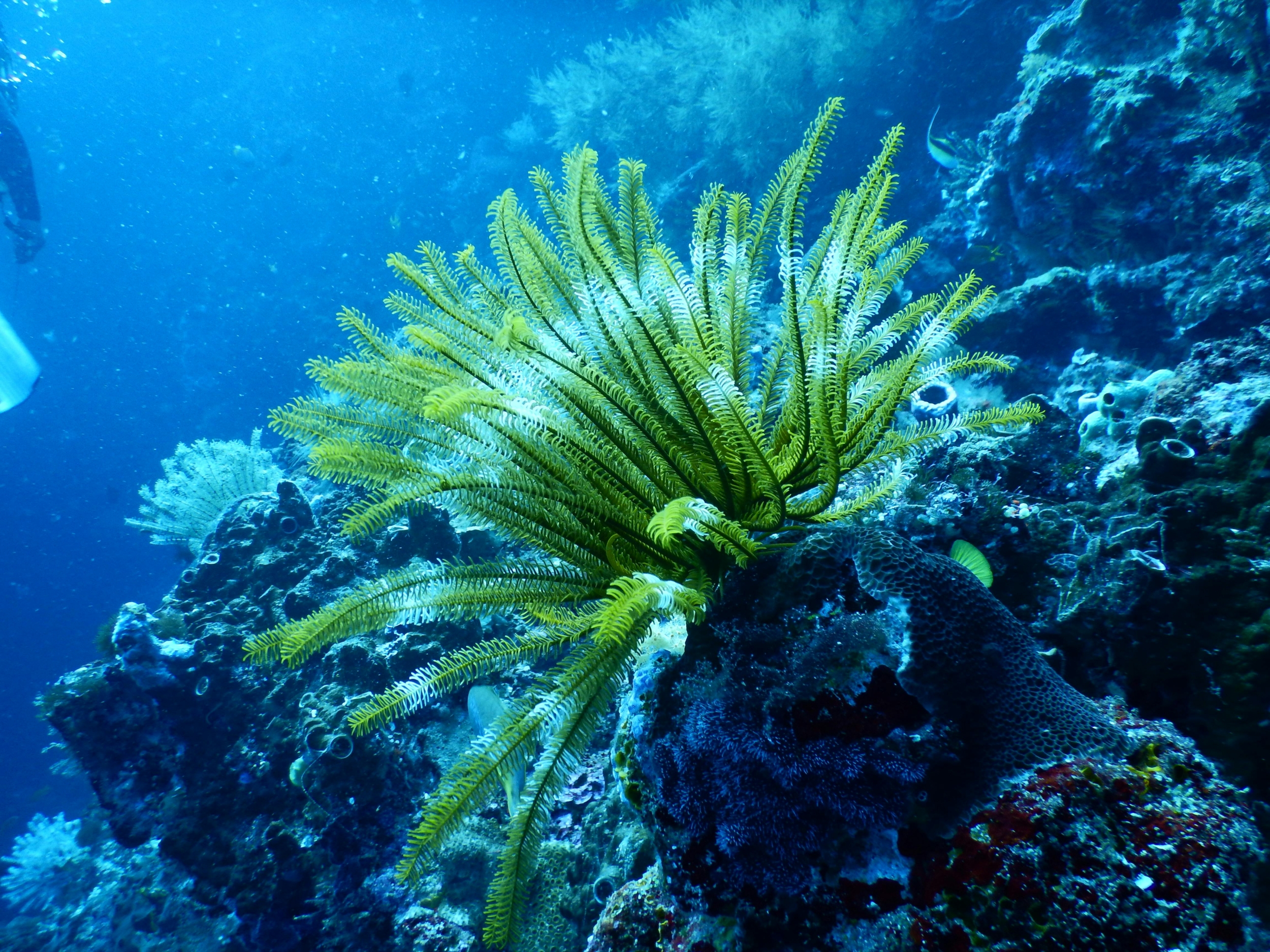
Japanese authorities have issued evacuation warnings to over 1.9 million residents along the Pacific coast amid fears of further tsunami waves.
On Wednesday, July 30, 2025, an 8.8 magnitude earthquake struck off the southern coast of the Kamchatka Peninsula and triggered tsunami alerts across the Pacific. The event occurred at a shallow depth of about 20.7 kilometers, with the epicenter located 130 kilometers from the coast. Authorities rated the quake as one of the 10 most powerful on record, ranking it as the sixth strongest overall.
In Kamchatka, tsunami waves reached heights up to five meters along the coast. Waves between three and four meters caused flooding and damaged buildings in some areas. The port city of Severo-Kurilsk, which has a population of about 2,000, experienced three successive waves that partially flooded the city, swept vessels from their moorings, and disrupted local infrastructure. In Petropavlovsk-Kamchatsky, residents fled as tremors unsettled daily life; reports noted wardrobes toppling, cars swaying, and a kindergarten building suffering damage when part of its façade fell.
Tsunami waves were observed in Japan, Hawaii, and along the U.S. west coast, affecting more than twenty countries. In Japan, authorities recorded waves reaching 1.3 meters, while northern areas experienced surges near 30 centimeters. The government issued evacuation warnings for residents near the coast. More than 1.9 million people along the eastern coastline received level 4 evacuation notices, and about two million residents evacuated amid the threat.
"We expect tsunami waves to hit repeatedly. Do not leave safety areas until the alert is lifted," said a Japanese official. Japanese Prime Minister Shigeru Ishiba stated that authorities assessed the situation and issued necessary alerts, while local emergency broadcasters urged citizens to seek shelter away from vulnerable coastal areas.
Authorities in Hawaii confirmed that tsunami waves ranging from 1.2 to 1.7 meters were detected, with some areas observing surges close to 2 meters. Residents on Oahu and Maui were urged to move from lower areas to higher ground as officials monitored the situation. Along the U.S. west coast from Alaska to California, tsunami warnings were issued, and parts of Crescent City, California, recorded overflows and waves near 1.09 meters in height. Experts noted that the waves took about eight to nine hours to travel from the quake's epicenter to the coast.
Precautionary measures were taken at Japan's nuclear facilities. Workers at the Fukushima Daiichi and Fukushima Daini nuclear power plants were evacuated to higher ground out of concern for a potential incident. "We evacuated all workers and our employees," said a TEPCO spokesperson. Officials said that safeguarding human life was the top priority as emergency response teams prepared for further waves.
At least six aftershocks were recorded following the main tremor, including events measuring 6.9 and 6.3 in magnitude, indicating the possibility of additional seismic activity. The power supply in Severo-Kurilsk and parts of the Sakhalin region was interrupted due to network damage. Authorities in several Latin American nations, including Colombia, Ecuador, Peru, and Chile, activated tsunami alerts. Chilean President Gabriel Boric announced a tsunami alert for the coast of Chile for the following day and urged residents to remain calm.
"Serious and the strongest in decades," described the quake, said Governor Vladimir Solodov. Former U.S. President Donald Trump urged affected communities to remain vigilant, stating, "STAY STRONG AND STAY SAFE!"
© 2025 NatureWorldNews.com All rights reserved. Do not reproduce without permission.





